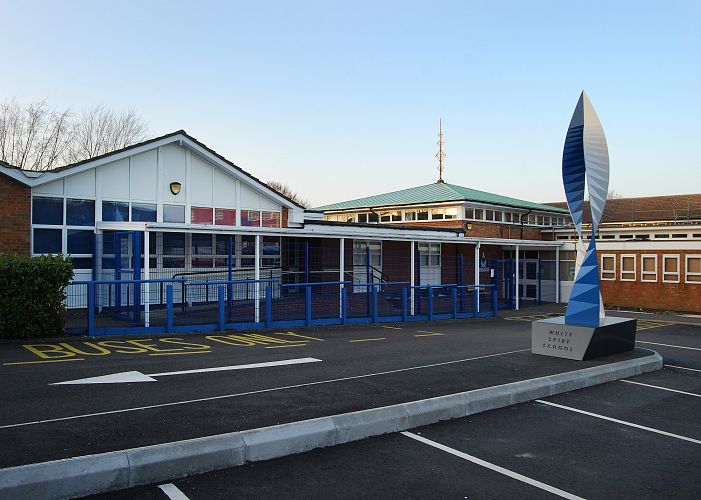As we progress further into the 21st century, Building Regulations become ever more stringent. Both residential and commercial premises must adhere to strict rules to comply with the latest legislation. This is especially the case in schools, colleges, and universities.
There are many considerations when upgrading a school building. From safety and security to drainage and durability; for the uninitiated it can be a minefield of potential problems. Fortunately, at Hazlemere Commercial, we have extensive experience working in the education sector. We have successfully completed many installations on schools and colleges and understand the complexities involved. If you’re involved in the improvement of a school building; here are the top 10 material considerations to ensure your project is a complete success.
1. Insulation
All new installations in a public building must meet Building Regulations Document L criteria for insulation capacity. All windows, doors, and curtain walling must achieve a U-value of no higher than 2.2 W/m²K. Buildings are tested for both heat loss and solar gain to ensure that they provide a comfortable environment for staff and students and limit negative environmental impact.
2. Energy efficiency
Energy efficiency levels measure a building’s carbon emissions. All buildings are now required to achieve at least a ‘C’ BER (Building Energy Rating). Government targets for reducing CO² emissions are strict and all new installations must strive to achieve the best possible energy efficiency rating.
3. Security
The security of a school site and building is essential. Protecting staff and students is the main priority while preventing burglary is also important. A gated entry with internally activated opening is a good first point of protection. For the building, all windows and doors should feature multi-point locking systems and be internally beaded to optimise protection.
4. Safety
For your windows and doors, safety glass can be specified to prevent accidents. Reinforced or toughened glass must be used on a window situated between floor level and 800mm high, a window under 300mm from a door and up to 1500mm high, and a glazed part of a door up to 1500mm from floor level.
5. Drainage
The plumbing and sewerage system of any building must function well to create a safe environment. It is equally important that a building’s exterior effectively guides rainwater away from the building to avoid water penetration and damp problems.
6. Durability
Aluminium is an extremely durable material. At Hazlemere Commercial, all our windows, doors, and curtain walling are tested to rigorous industry standards to provide the best weather resistance capacity.
7. Strength
Aluminium’s inherent strength means that large areas can be glazed with slimmer frames. This makes it an excellent choice for large-scale commercial buildings.
8. Appearance
Aluminium provides a sleek and contemporary aesthetic which will enhance the look of any building. It can even be used in heritage properties as a replacement for original steel windows. With the option to choose from any RAL colour, powder coated with a durable finish; aluminium windows are the best product for personalisation.
9. Sustainability
Aluminium is one of the most sustainable materials in the world. It is found in abundance across the globe and is easily extractable from naturally occurring Bauxhite, which can be mined from close to the Earth’s surface. Aluminium is 100% recyclable, making it environmentally friendly so you can help to protect the environment while meeting the necessary industry regulations.
10. Ventilation
While insulation is widely recognised as being an essential part of a building’s construction, ventilation can sometimes be overlooked. Ventilation, however, is equally important. To enable good air flow and create a safe environment, trickle vents in windows are an excellent option.
For more information on how Hazlemere Commercial can help with your school building renovation contact us today. Call us on 01494 897 600 or send us a message online.

